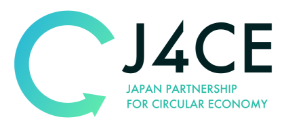Download: J4CE Noteworthy Cases/Initiatives 2024
Download: J4CE Noteworthy Cases/Initiatives 2022
Download: J4CE Noteworthy Cases/Initiatives 2021
Search for cases
* Multiple conditions can be specified
SEARCH
SUBCATEGORY
* Click here for examples of initiatives by each company.
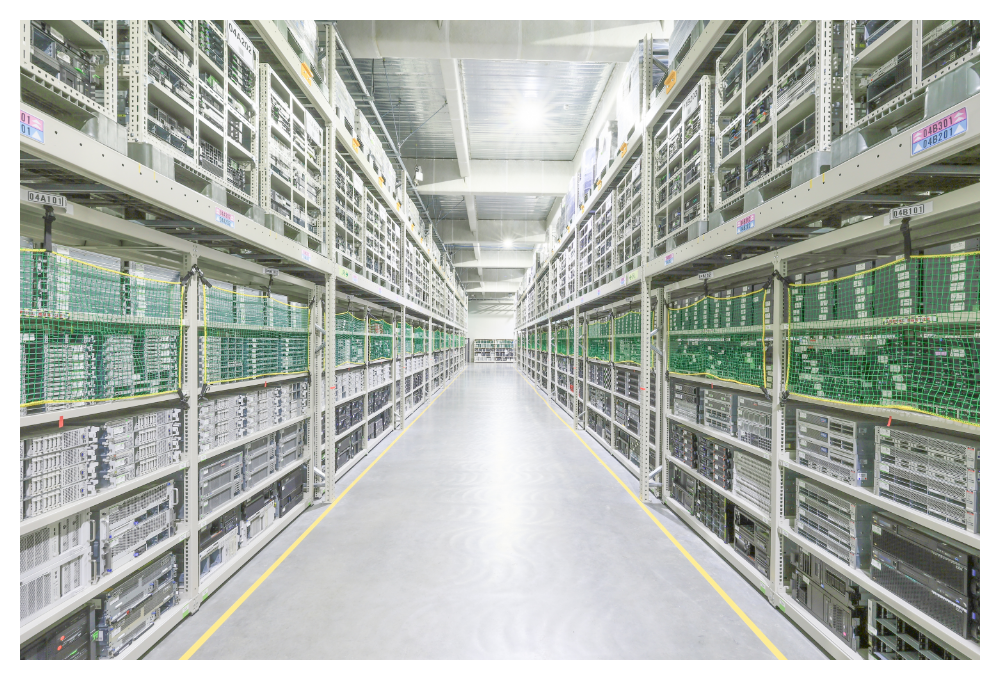
Providing IT equipment life extension services using refurbished parts
DATALIVE Corporation
As a third-party maintenance professional, we are developing a computer maintenance business without relying on computer manufacturers. We have over 10 years of experience and a proven track record, and have provided maintenance to over 2,200 companies in total.
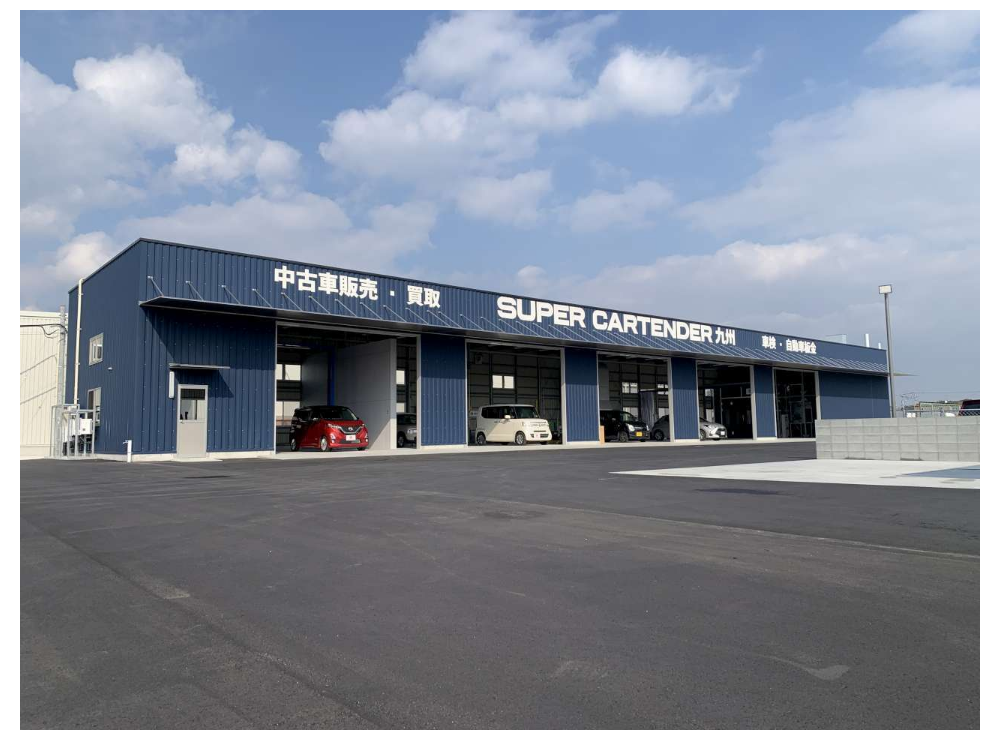
Super CARTENDER Kyushu/Recycle Town
TAU corporation
In January 2024, we opened “Super Car Triage Kyushu,” a complex facility in Miyaki town, Saga Prefecture, to consolidate our expertise in the reuse and recycling of damaged vehicles.
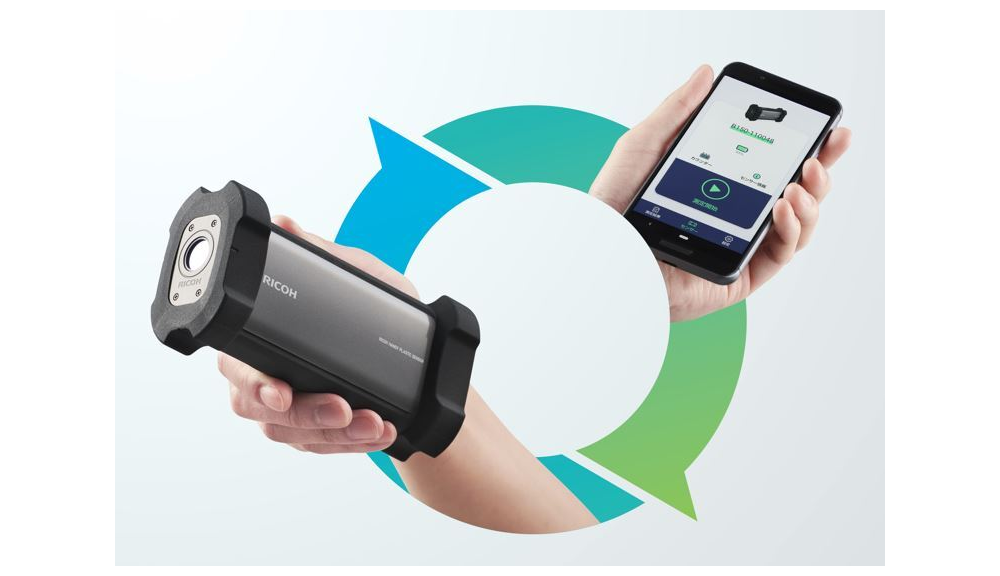
Recycling initiative using a Handy plastic sensor
RICOH Company, Ltd.
The B150 is a handy sensor that uses near-infrared spectroscopy to distinguish resins.

Sorting and recycling integrated project certified by used plastic recycling
J&T Recycling Corporation The City of Sendai
This initiative aims to achieve both resource circulation and CO2 reduction by collecting plastic products along with plastic containers and packaging that municipalities have traditionally collected, thereby reducing the amount of plastic waste for incineration.

Obtaining and Utilizing the Accreditation for the Recycling Business Plan (the Second Accreditation) in the Low Concerning the Promotion of Resource Recycling of Plastics (the Plastic Resource Circulation Act)
MIECYUOKAIHATSU COMPANY, LIMITED(DAIEI KANKYO GROUP) DAIWA HOUSE INDUSTRY COMPANY, LIMITED MAHO COLD-FOODS COMPANY, LIMITED THE PILOT INK COMPANY, LIMITED
We aim to return waste plastics to society by recycling pellets made of waste plastics (material recycling) that were previously treated by incineration and thermal recycling, to pallets and other recycled products.
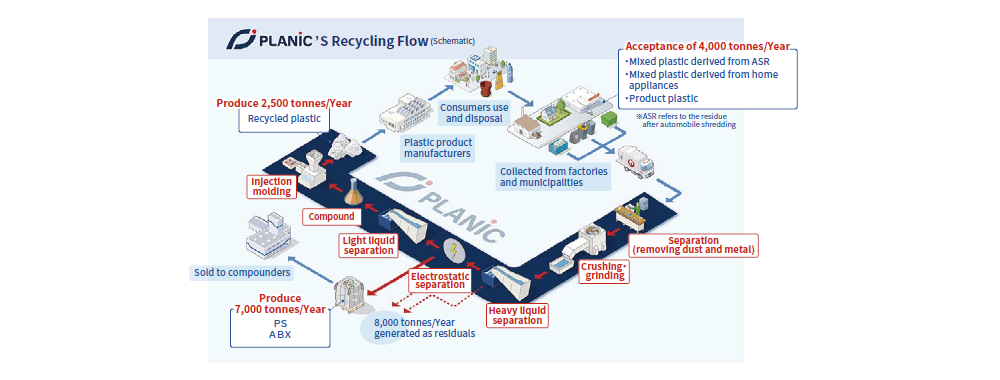
Achieving car-to-car recycling from plastic derived from scrapped automobiles
K.K. Planic Toyota Tsusho Corporation Kojima Sangyo Co., Ltd.
Planic not only recycles used plastics from automobiles and home appliances but also recycles product plastics such as used pallets and containers.
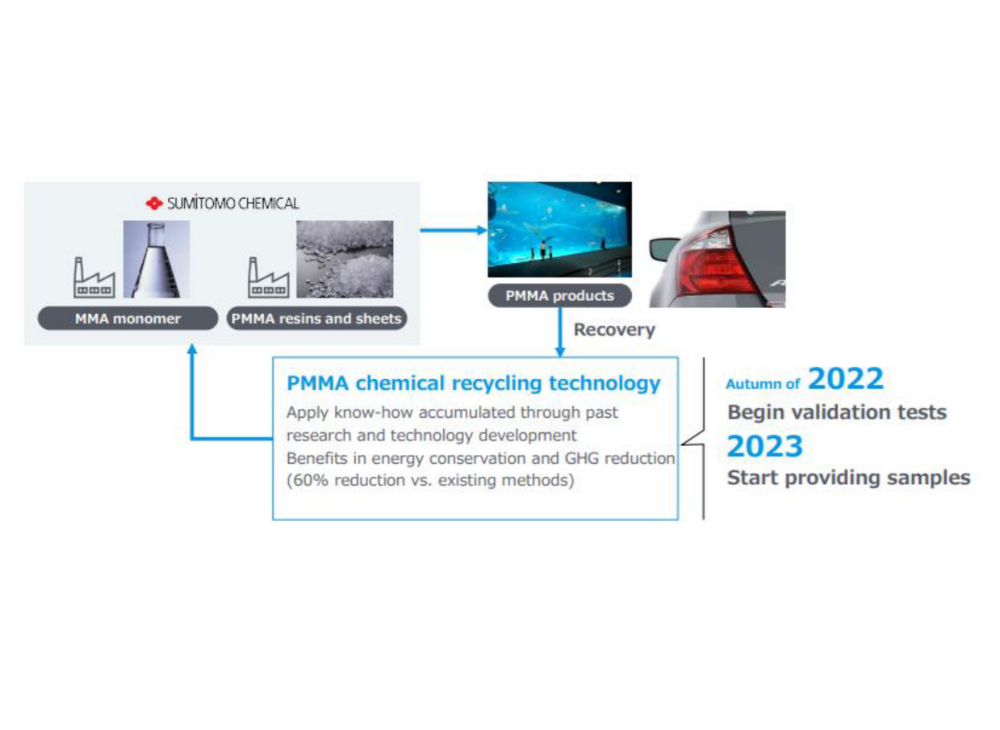
Chemical recycling of PMMA for its everlasting beauty
SUMITOMO CHEMICAL Co., Ltd. The Japan Steel Works, LTD. Niihama City, Ehime Prefecture
The Japan Steel Works, Ltd. (JSW):Provides continuous plastic decomposition technology using twin-screw extruders "TEX" developed in 1997.
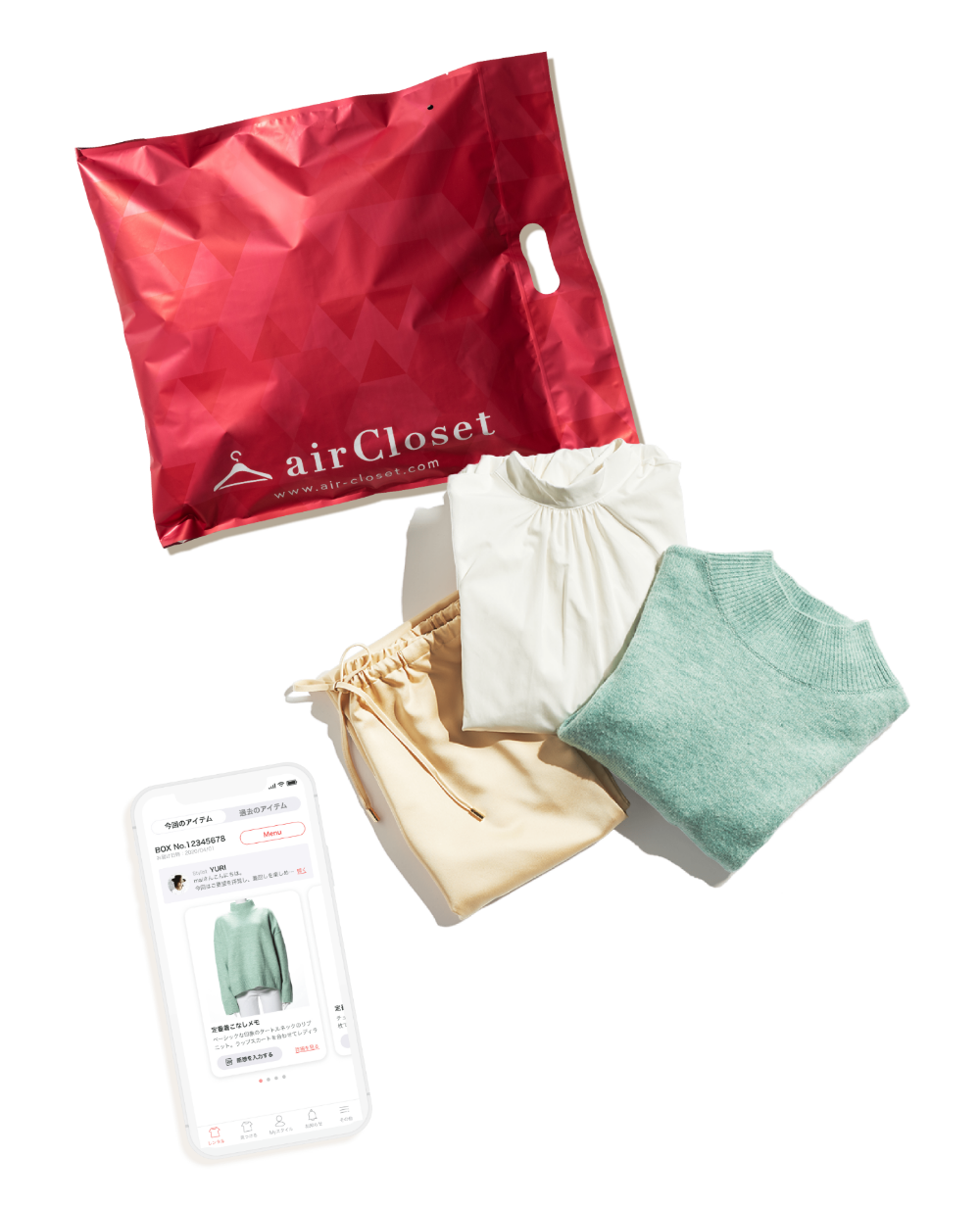
Fashion sharing service for everyday clothes to decarbonize and reduce clothing waste
airCloset, Inc.
airCloset offers a subscription-based service that allows customers to rent and enjoy outfits coordinated by professional stylists based on their body type, preferences, and intended usage. The service is accessible nationwide in Japan with a simple online registration. Customers can enjoy the delivered clothing, return it, and receive their next set of outfits within a few days.

Collection of refill packs and film-to-film recycling
Kao Corporation Lion Corporation Ito-Yokado Co., Ltd. Welcia Yakkyoku Co., Ltd. Hamakyorex Co., Ltd. The City of Kamakura
Kao developed a technology to recycle refill packs into refill packs, and launched film-to-film recycled products with Lion, a competitor in the same industry. Ito-Yokado and Welcia Yakkyoku set up collection boxes in their stores to collect refill packs and sold film-to-film recycled products. Hamakyorex established an efficient aggregation system using return delivery to Welcia Yakkyoku.

Contribution to Circular Economy through the Provision of Our Unique ESG Financing Framework "MY Sustainable Finance"
MEIJI YASUDA LIFE INSURANCE COMPANY
To meet the diverse ESG financing needs of corporate customers, we have established and started operating "MY Sustainable Finance," our unique comprehensive ESG financing framework that covers three products: "Green Loans," "Social Loans," and "Sustainability-Linked Loans."
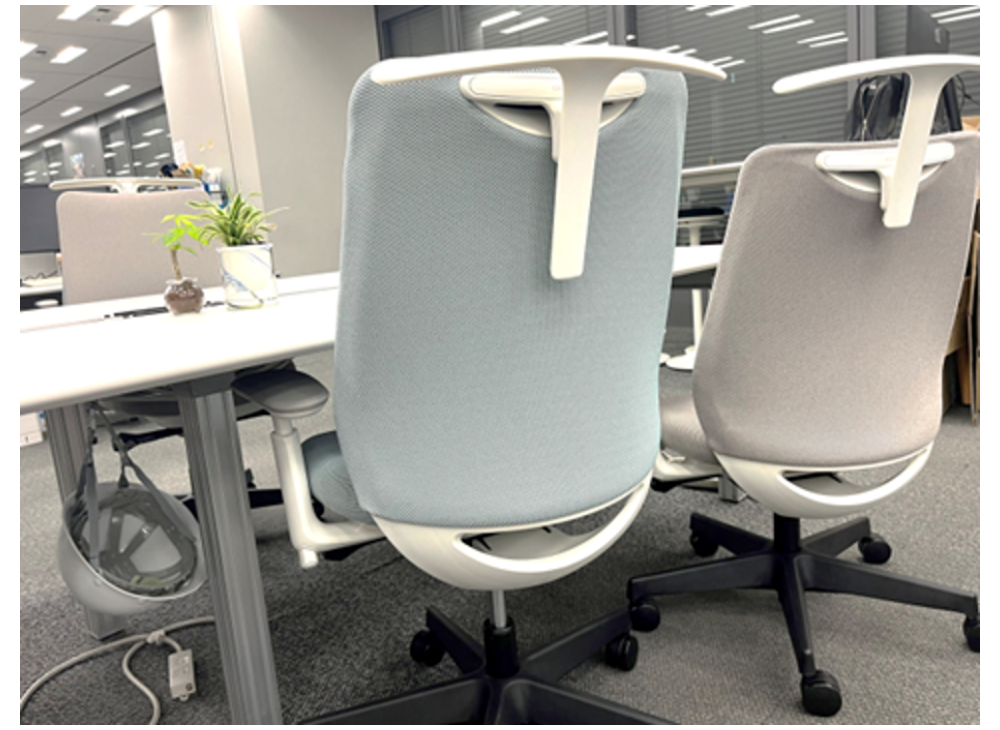
Efforts to Reduce Plastic Emissions and Promote Recycling in Business Activities
MEIJI YASUDA LIFE INSURANCE COMPANY
・Introduce office chairs that offset all GHG emissions throughout their lifecycle (from raw material procurement to production, distribution, sales, and disposal after use). ・Contribute to effective resource use and waste reduction by introducing office chairs made of recycled resin legs from collected used products and upholstery made from recycled waste fabric and domestic used fishing nets. ・Switch plastic files used in business activities to LIMEX material or paper files to reduce the use of plastic products.
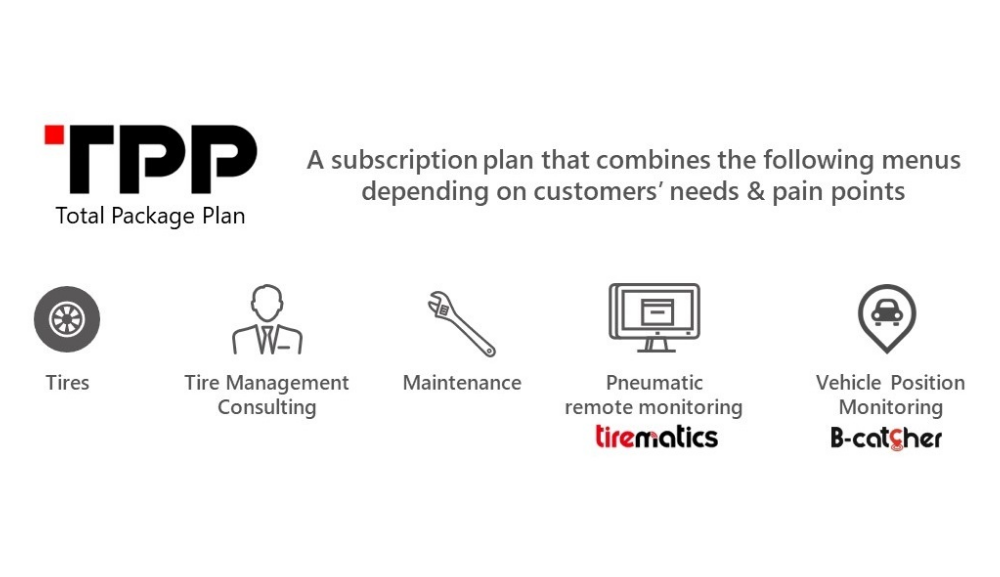
Contributing to the Effective Use of Resources through Remote Tire Pressure Monitoring Services
Bridgestone Corporation TRANSTRON Inc. Yazaki Energy System Corporation
- Bridgestone / Bridgestone Tire Solution Japan Co., Ltd. (hereinafter referred to as "Bridgestone"): Planning, development, and provision of tire related solution services which consist of tire supply, tire maintenance, remote tire pressure monitoring, etc.
